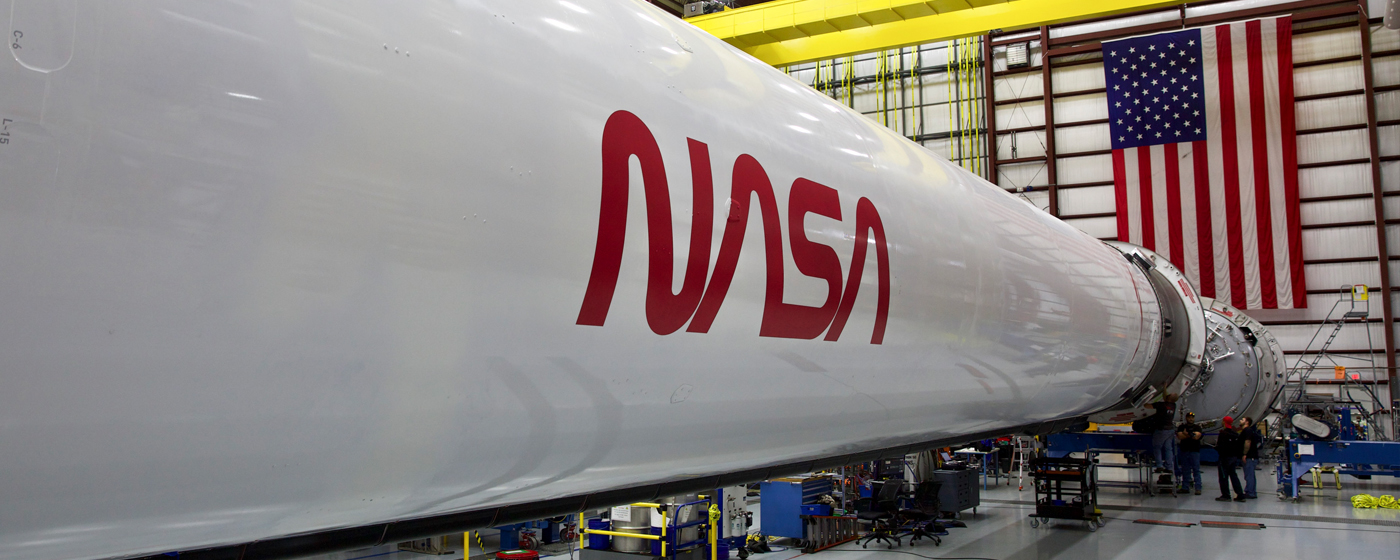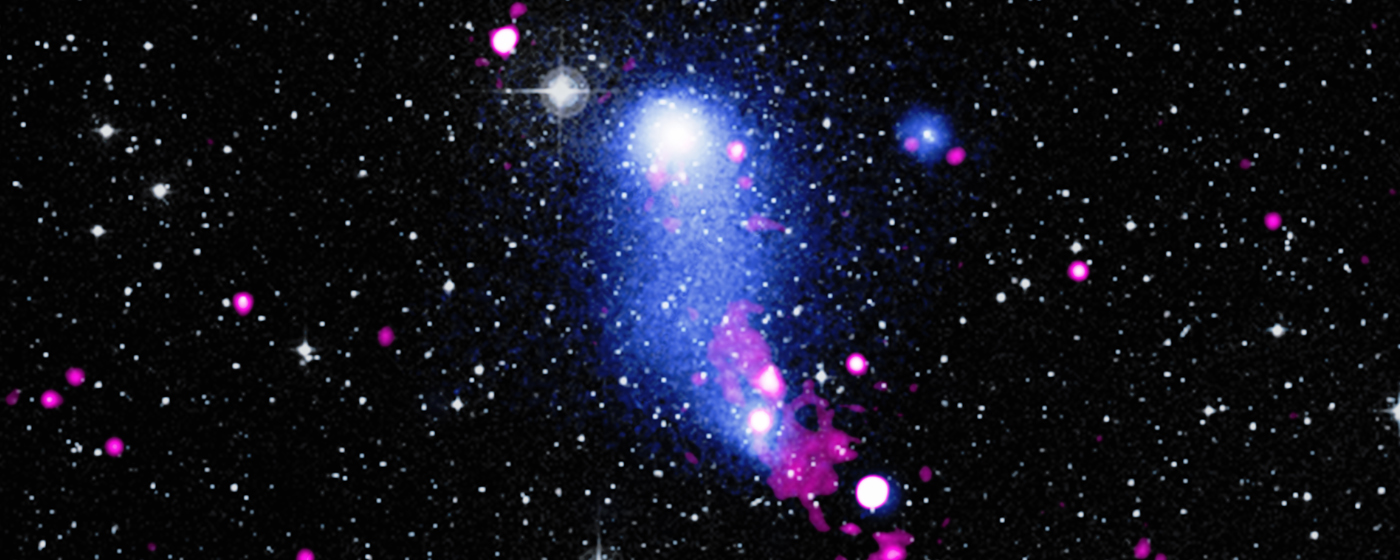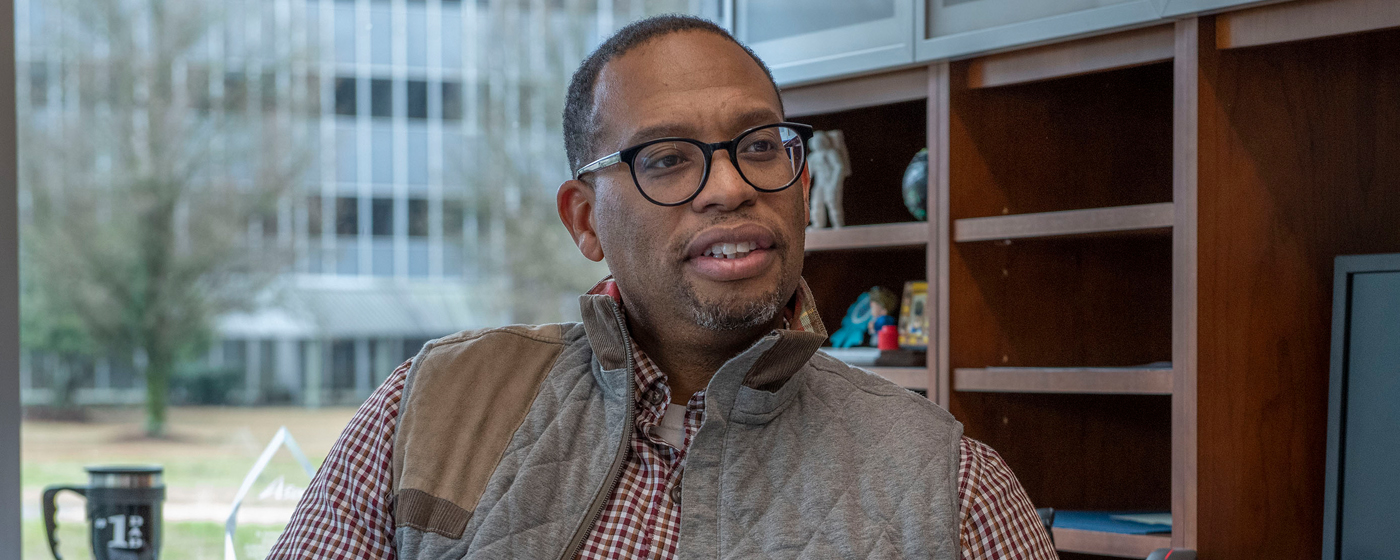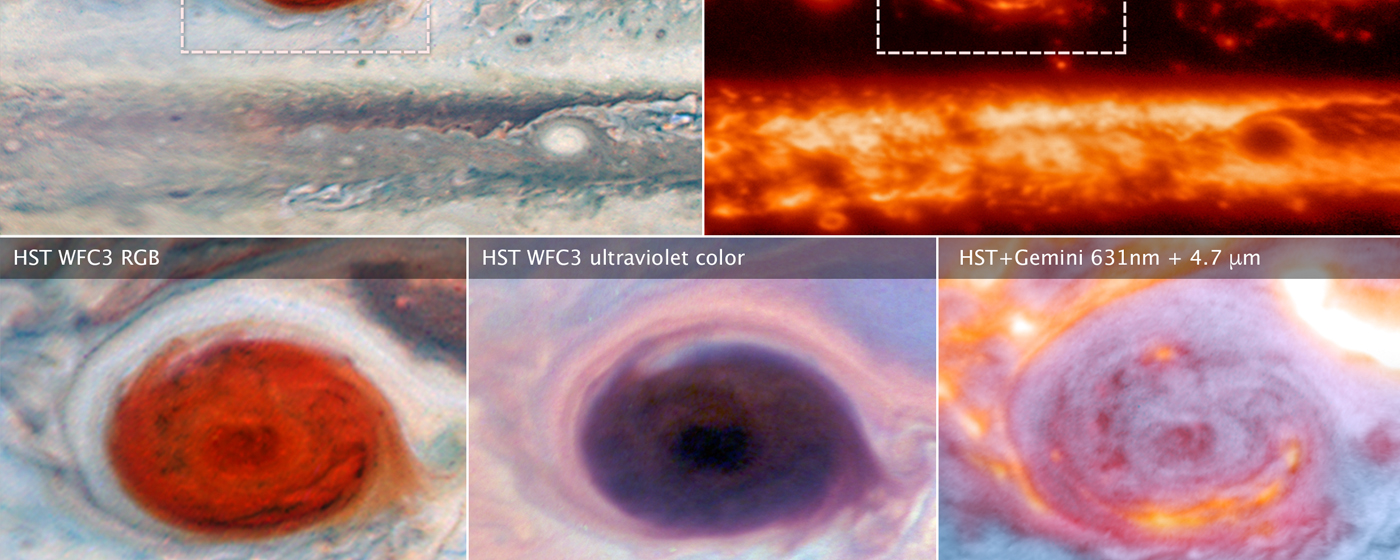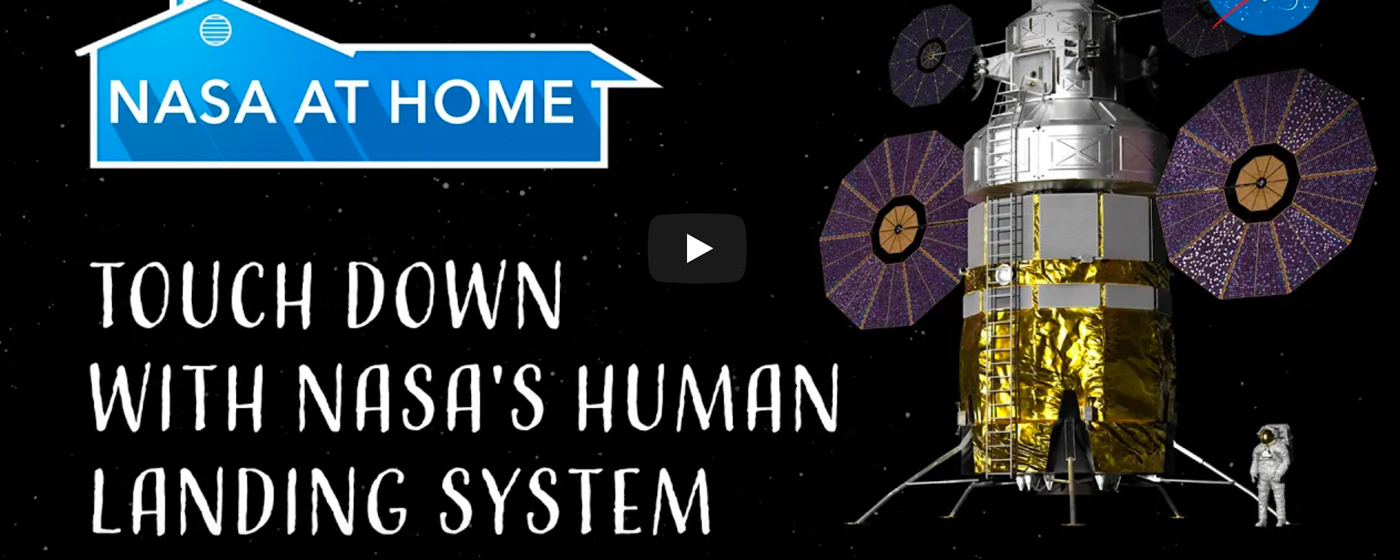Marshall Team Prepares for Upcoming Commercial Crew Launch
A new era of human spaceflight is set to begin as American astronauts launch on an American rocket from American soil to the International Space Station, this time as part of NASA’s Commercial Crew Program — the first U.S. launch with crew since the end of the Space Shuttle Program in 2011. NASA’s Marshall Space Flight Center in Huntsville, Alabama, supports the Commercial Crew Program with engineers who have helped review critical design and development documentation.
Bending the Bridge Between Two Galaxy Clusters
Colliding galaxy clusters released a flood of hot gas that formed an unusual bridge between the two objects. The system known as Abell 2384 shows the giant structures that can result from such a collision. NASA’s Chandra X-ray Observatory, managed by Marshall, helped produce a composite image of a superheated gas bridge in Abell 2384.
From the Deep South to Deep Space: Mississippi Native Reggie Alexander Says Partnership is Key to Exploration
Growing up in tiny Kossuth, Mississippi — a farming village of some 200 people — Reggie Alexander never imagined he would one day guide development of spacecraft and propulsion technologies supporting exploration missions. Since fall 2019, Alexander has managed the Partnerships & Formulation Office, part of the Science and Technology Office at Marshall.
Telescopes, Spacecraft Join Forces to Probe Deep into Jupiter’s Atmosphere
NASA’s Hubble Space Telescope and the ground-based Gemini Observatory in Hawaii have teamed with the Juno spacecraft to probe the mightiest storms in the solar system, taking place more than 500 million miles away on Jupiter. Marshall was responsible for Hubble’s overall design, development and construction. The Juno mission is part of the New Frontiers Program, managed by Marshall.
#NASAatHome: Touch Down with NASA’s Human Landing System
In this video, Erika Alvarez, an aerospace engineer with the Human Landing System program at Marshall, explains the purpose of a human landing system and the challenges of landing on the Moon.
For more information or to learn about other happenings at NASA’s Marshall Space Flight Center, visit NASA Marshall. For past issues of the ICYMI newsletter, click here.

























